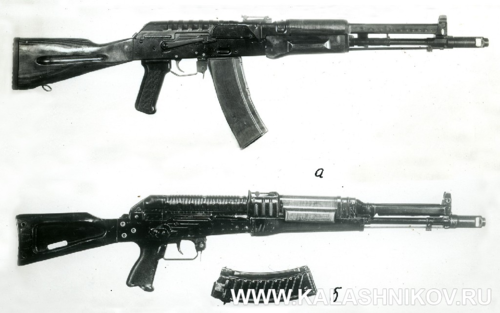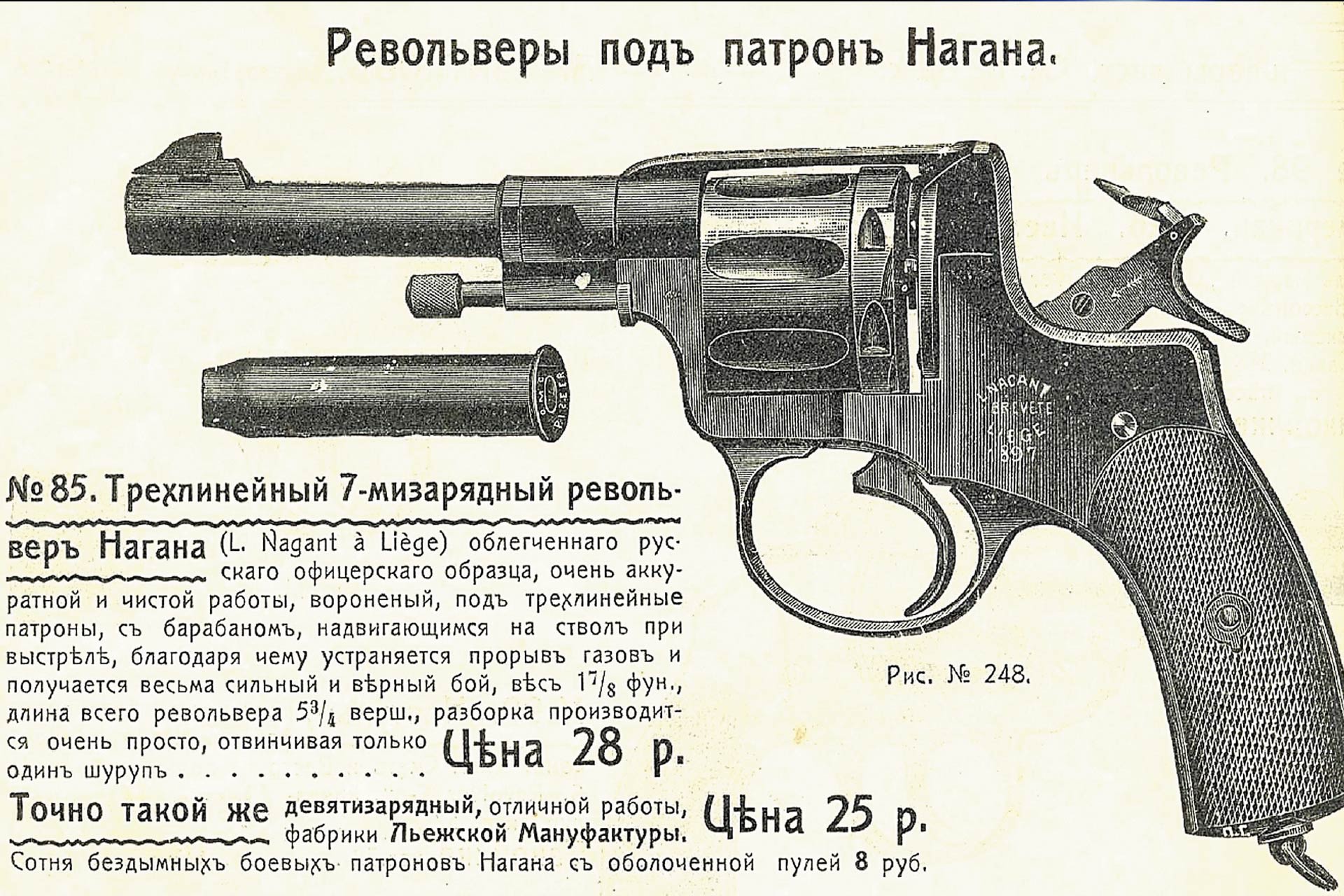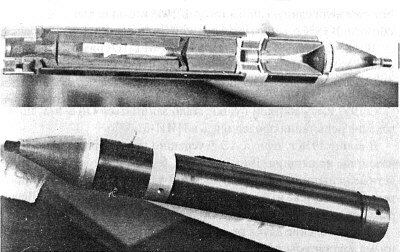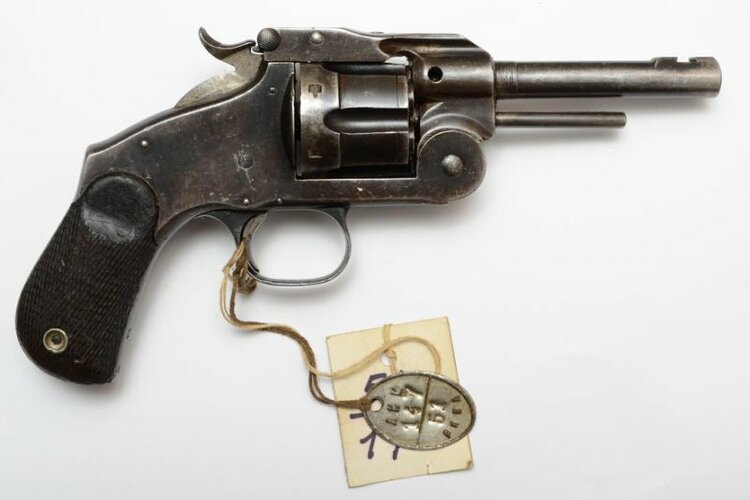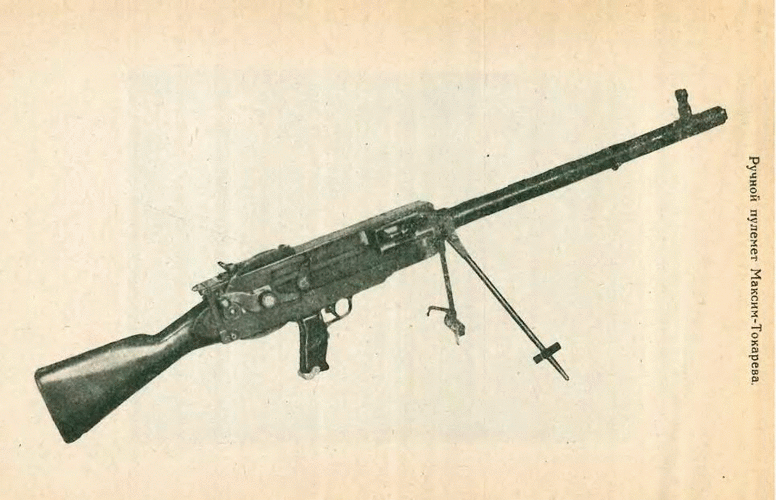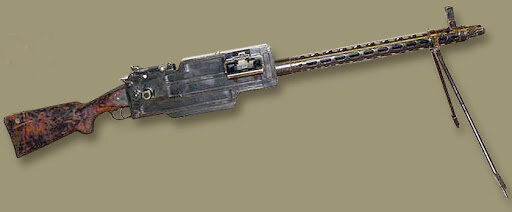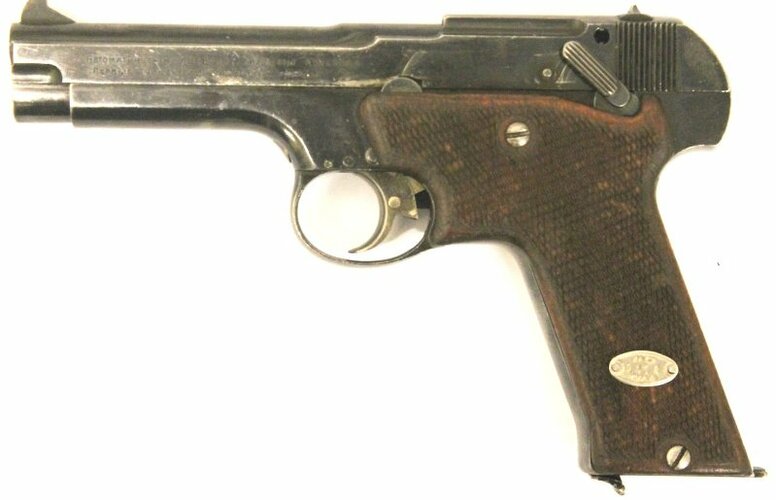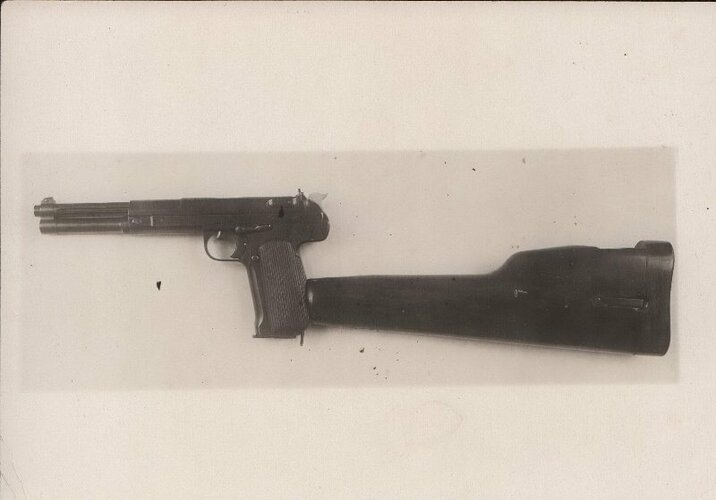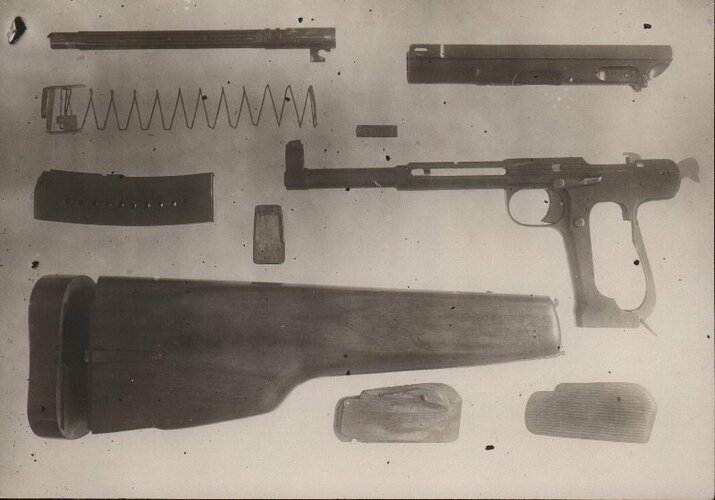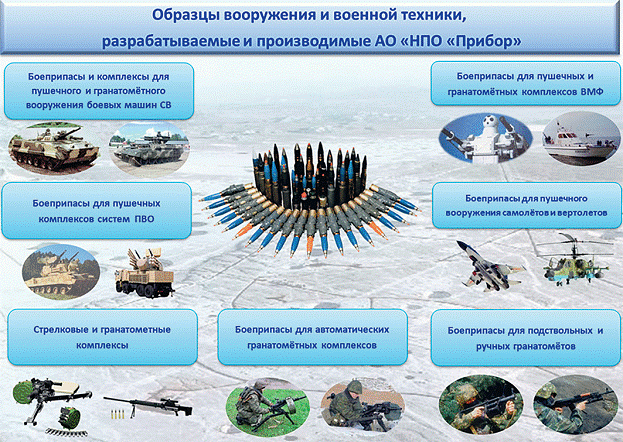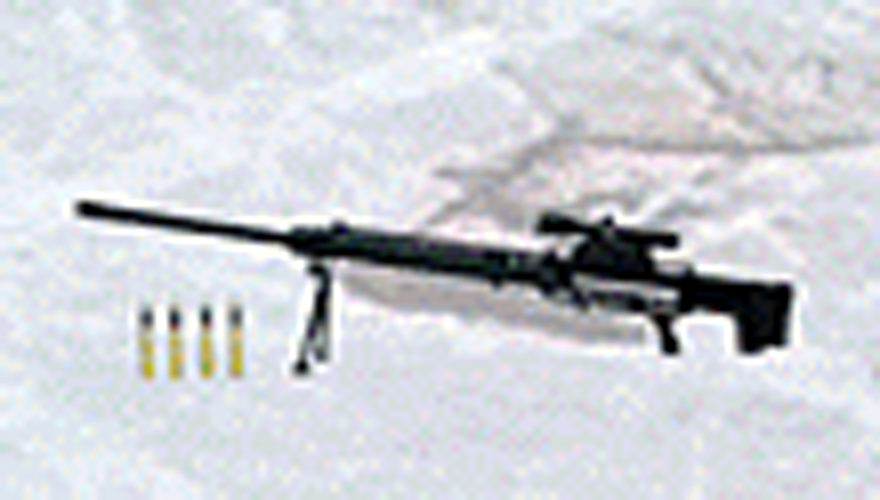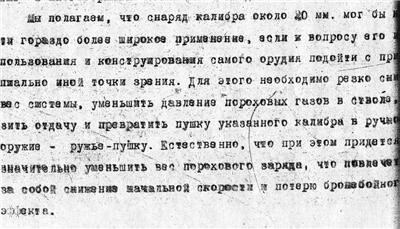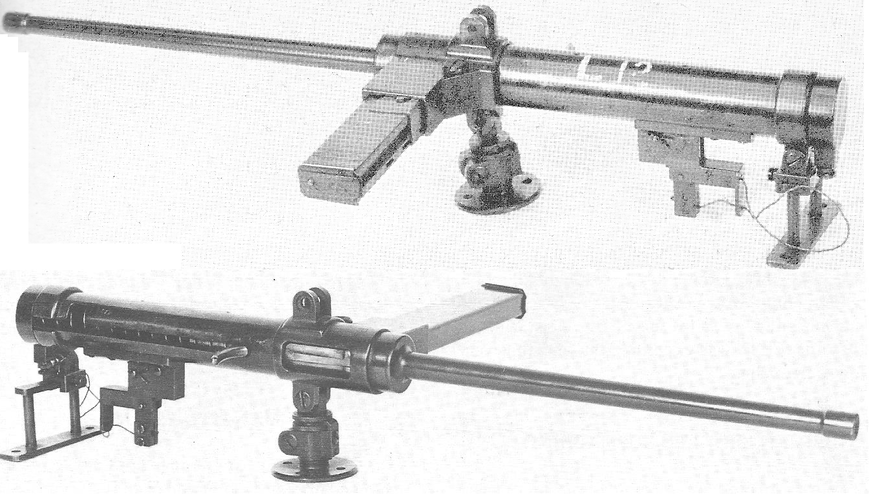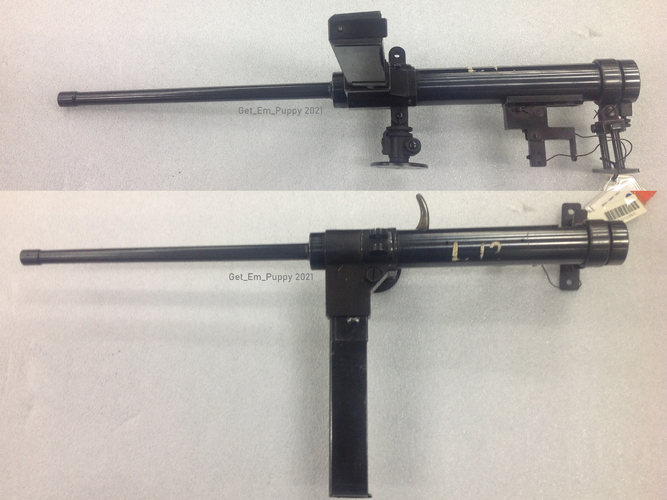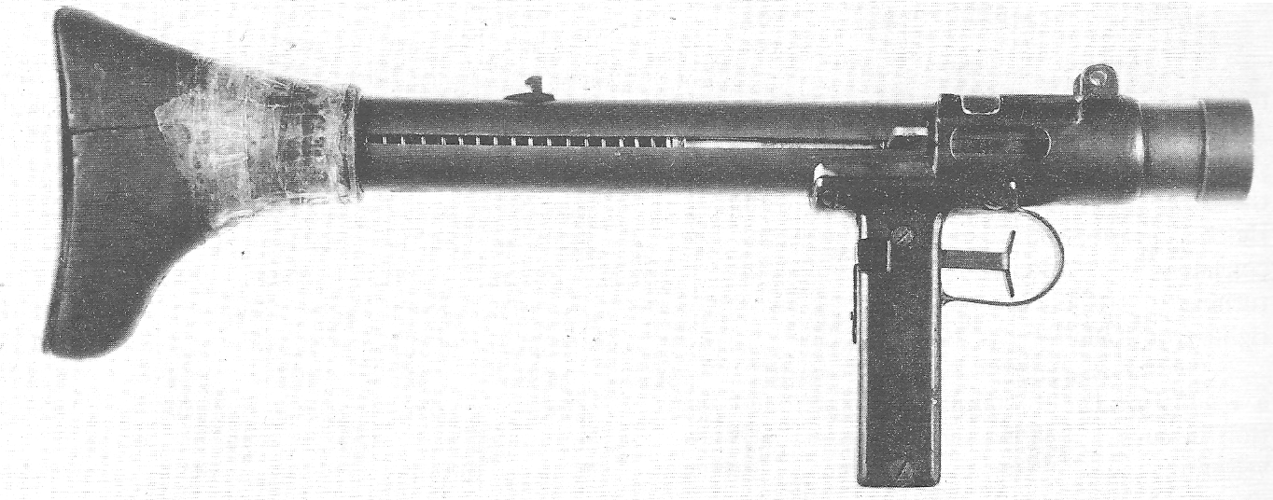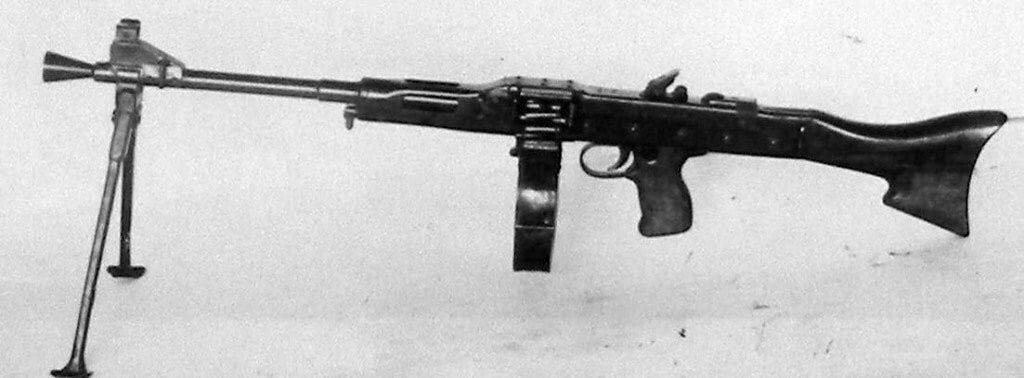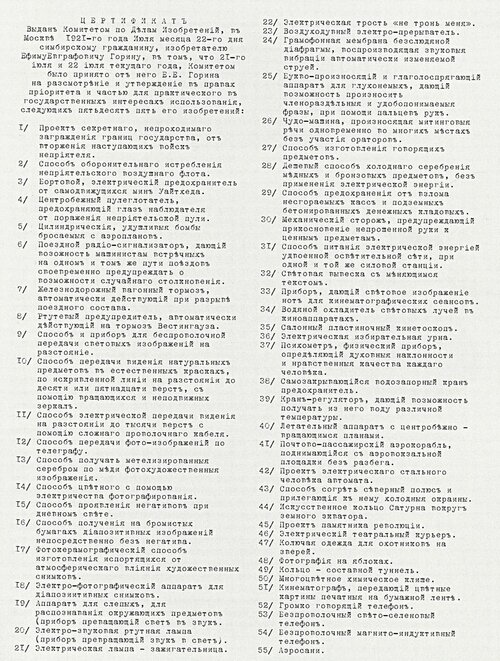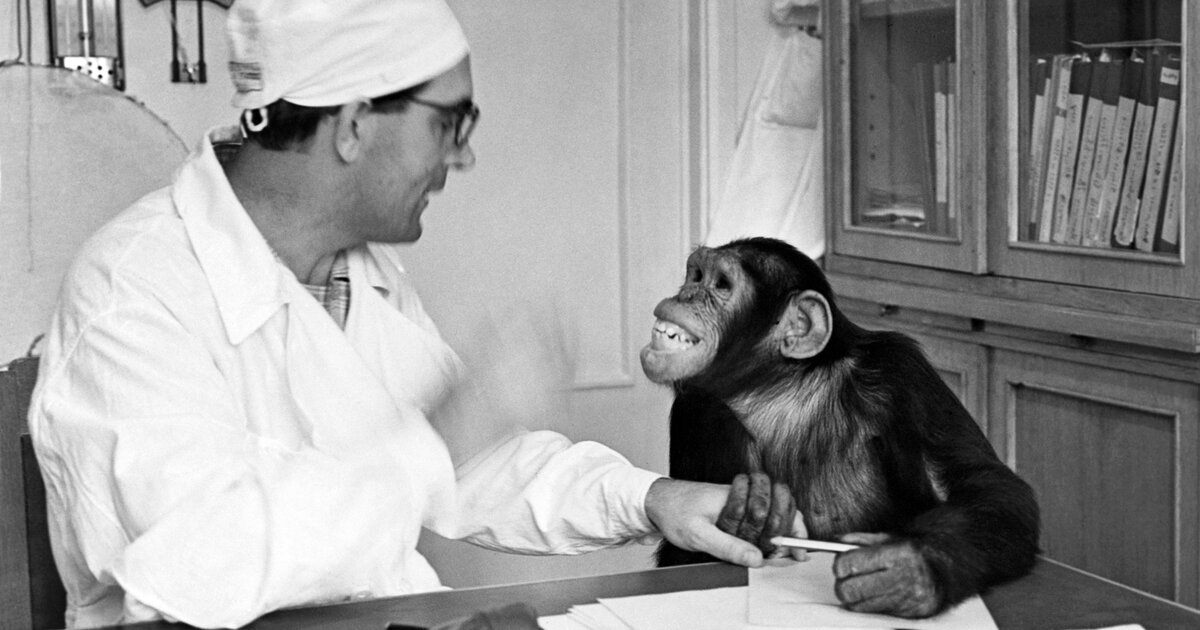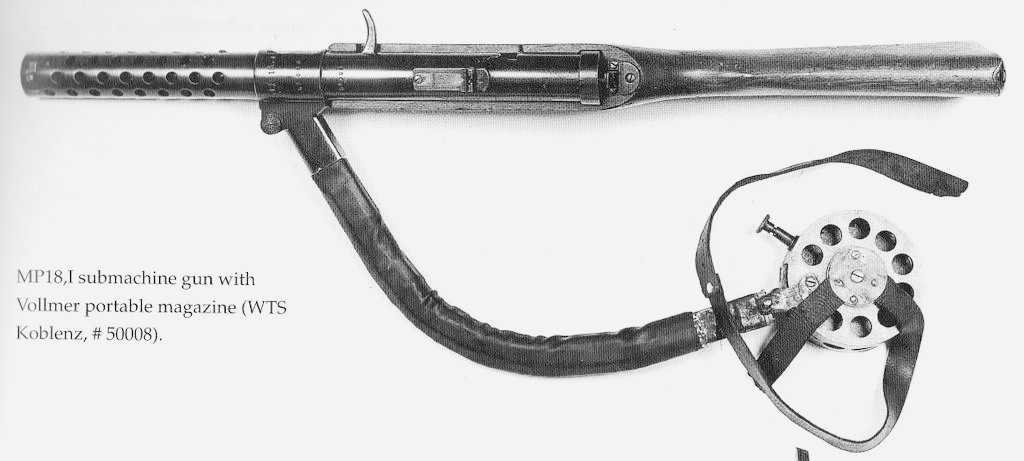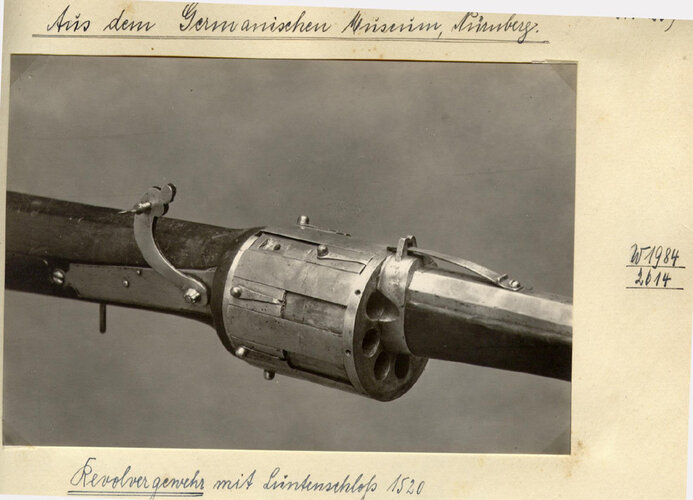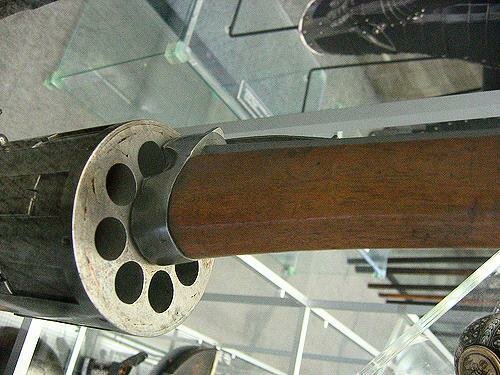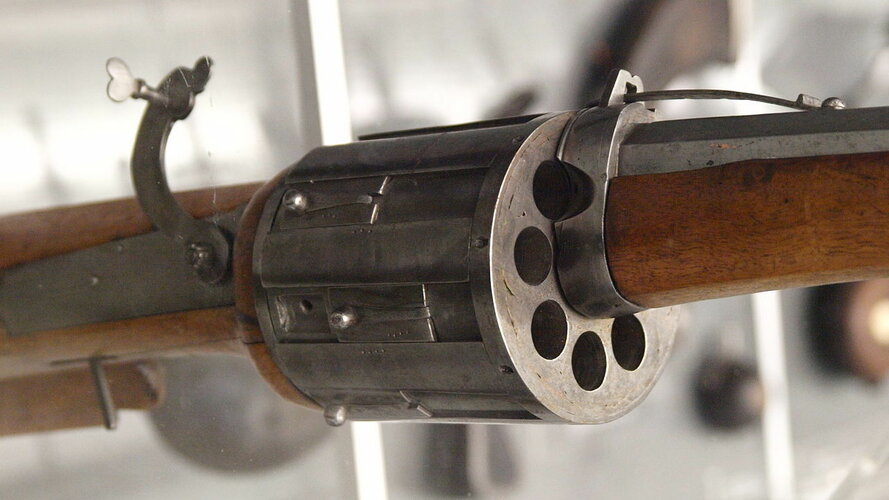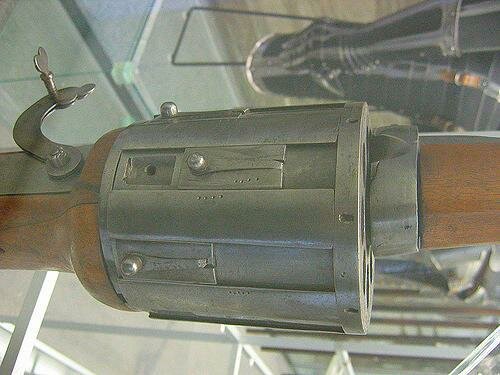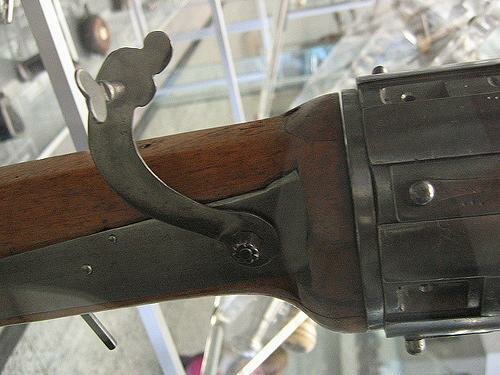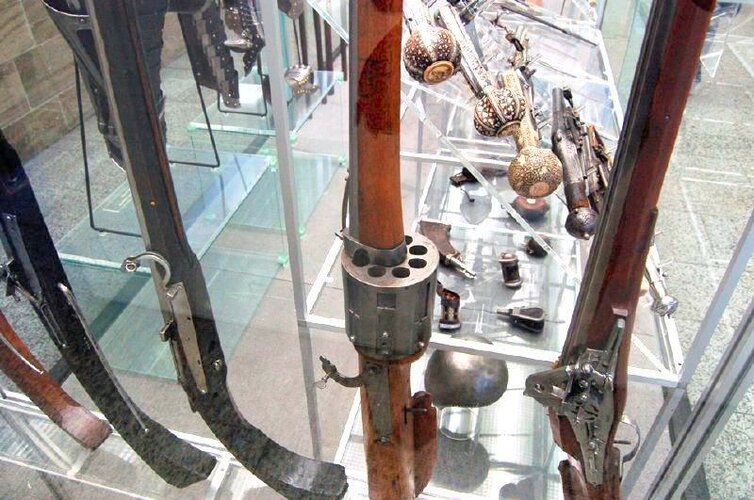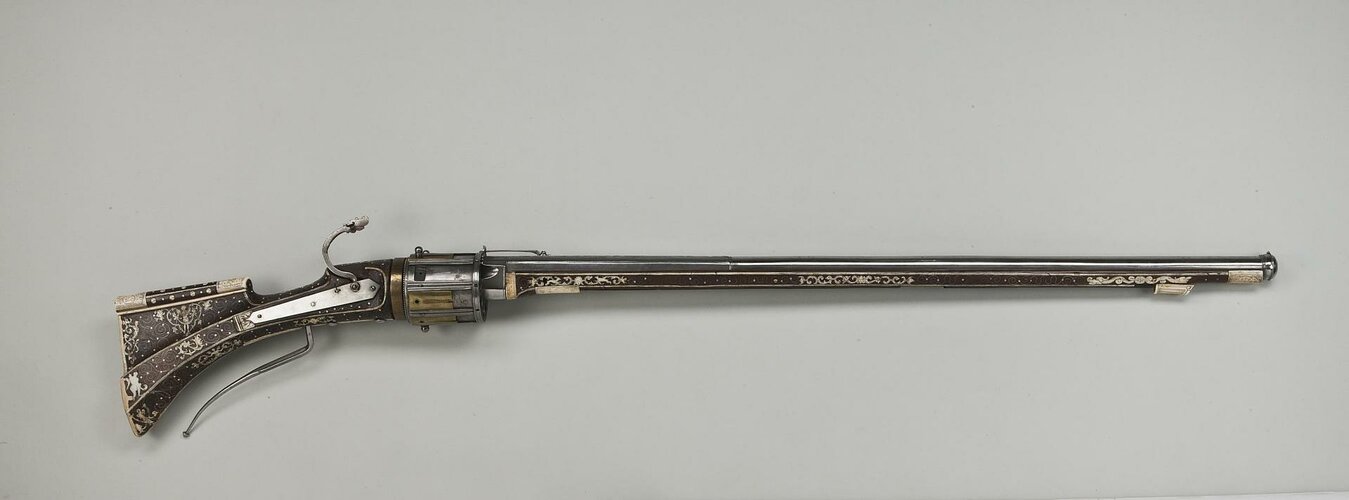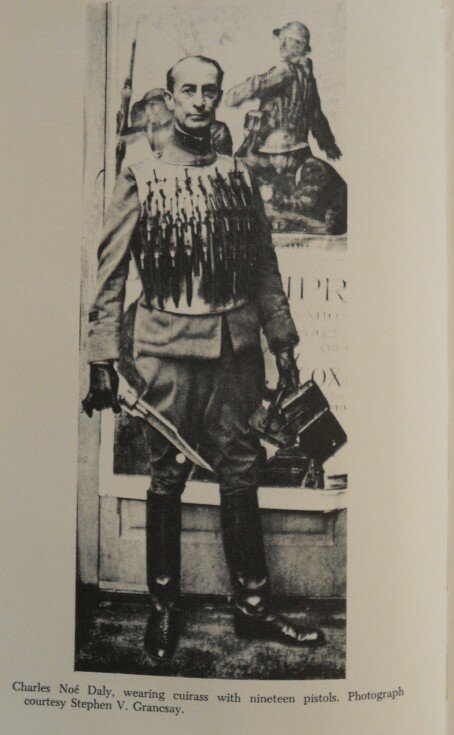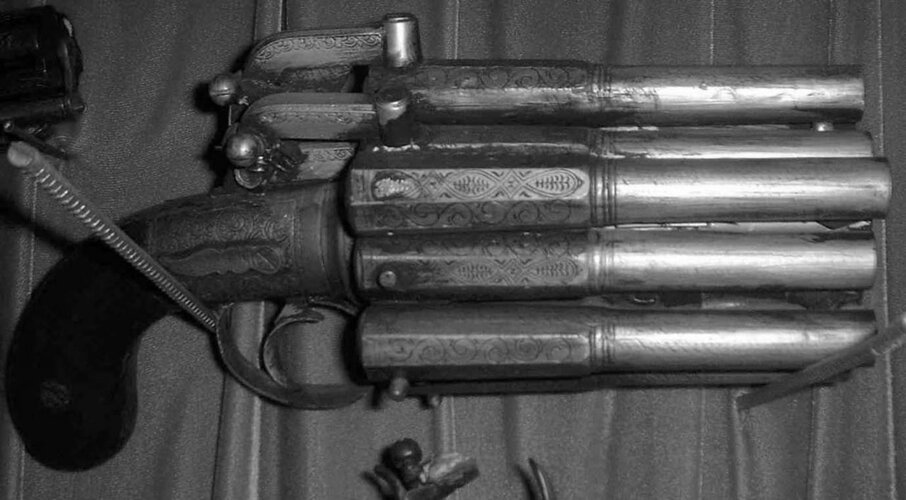Are you sure the Frolov was a submachine gun? The only information I've been able to find is that it trialed alongside several self-loading rifles, which would imply it was semi-automatic only. I've never seen anything about it having a full-auto function - it seems to be more akin to the early Dreyse and de Falletans self-loading carbines that were developed around the same time.
About Frolov carbine, V. E. Markevich, "Hand firearms":
"for this to become a full-fledged sub-machine gun, need to remove the bolt rotation and shorten the barrel." (Markevich's phrase about the need to remove the bolt rotation is controversial. Judging by the proportions, the automation in the Frolov carbine is very compact.)
Images of Frolov carbine from goskatalog.ru:
No.1
Все музеи России, шедевры и коллекции музеев: живопись, графика, фотографии, скульптура, археология. Карта музеев.

goskatalog.ru
No.2
Все музеи России, шедевры и коллекции музеев: живопись, графика, фотографии, скульптура, археология. Карта музеев.

goskatalog.ru
Overall lenght - 98 cm, barrel lenght by proportions - ~450 cm. You can see, first - looks like a experimental model, second - looks like a production or pre-production model. Frolov most likely knew about the experiments of 1908 ("All pistols and revolvers ..."). Then they tried to remake the Luger pistol and Mauser C06 pistol to full-auto. On tests, the weapon showed a very high recoil and low reliability, the ammunition was fired almost instantly, it was difficult to hold such a pistol in your hand, and it was also difficult to hit the target. These experiments were initiated by the military, there is no information about their continuation. But the Russians seem to be interested in the idea of SMG. The Frolov SMG looks like an attempt to eliminate the shortcomings of the full-auto Luger and full-auto Mauser pistols. Here 20-rd magazine (versus 8-rd), there is a slowdown in the rate of fire. Yes, I do not think that Frolov would use a slowdown for a self-loading gun without full-auto firing. But, according to Fedorov's materials ("Gunmaking on the verge of two eras", I), the military wanted to use 9-mm cartridges in pistols, and perhaps that is why the Frolov SMG did not get into the troops. But, in photo # 2, you can see that the weapon was made in good quality, it looks like a weapon for hunters or perhaps the police.
In Fedorov "Gunmaking..." mention of testing the Frolov rifle, with delayed blowback. This weapon fired special cartridges with a reduced charge (2000 atm pressure) and wooden bullets. That is, it was rather a test sample to test something. Fedorov writes that "the rate of fire of the Frolov rifle depends on the amount of lubricant." That is, if the rifle is better oiled, then the shutter speed is higher. But, if this is just a self-loading rifle, then how can the shutter speed affect the rate of fire? In a self-loading rifle, the rate of fire is determined by the frequency of pressing the trigger. What is the difference for the finger on the trigger, does the automation cycle take 0.05 seconds, 0.1 seconds, 0.2 seconds? This only affects if full-auto firing is present. That is, apparently, the Frolov rifle was also fully automatic.
Information about other Russian SMGs:
General N. I. Yurlov in 1915 suggest the "Small machine gun "Jakob"" (yes, it's a weird name for Russian weapon), based on construction of Nagant M1895 revolver, with belt. (book: "All pistols and revolvers of USSR and Russia", S. Fedoseev)
Workman ("masterovoy") of Kuban cossack army M. K. Molokov suggest in 31 Jule 1915 full-auto pistol or small SMG, "Hand machine gun "Kubanets"" layout like a Mauser C96, 33-round magazine, 7.62x38R Nagant. (book: "Machine guns of Russian army in battle", S. Fedoseev)

